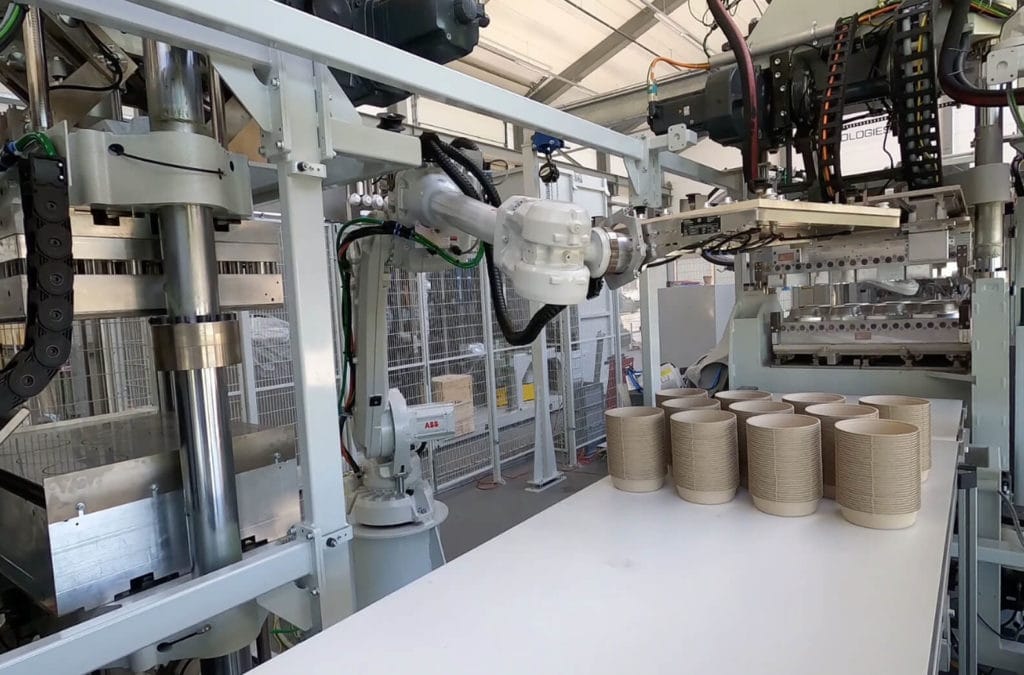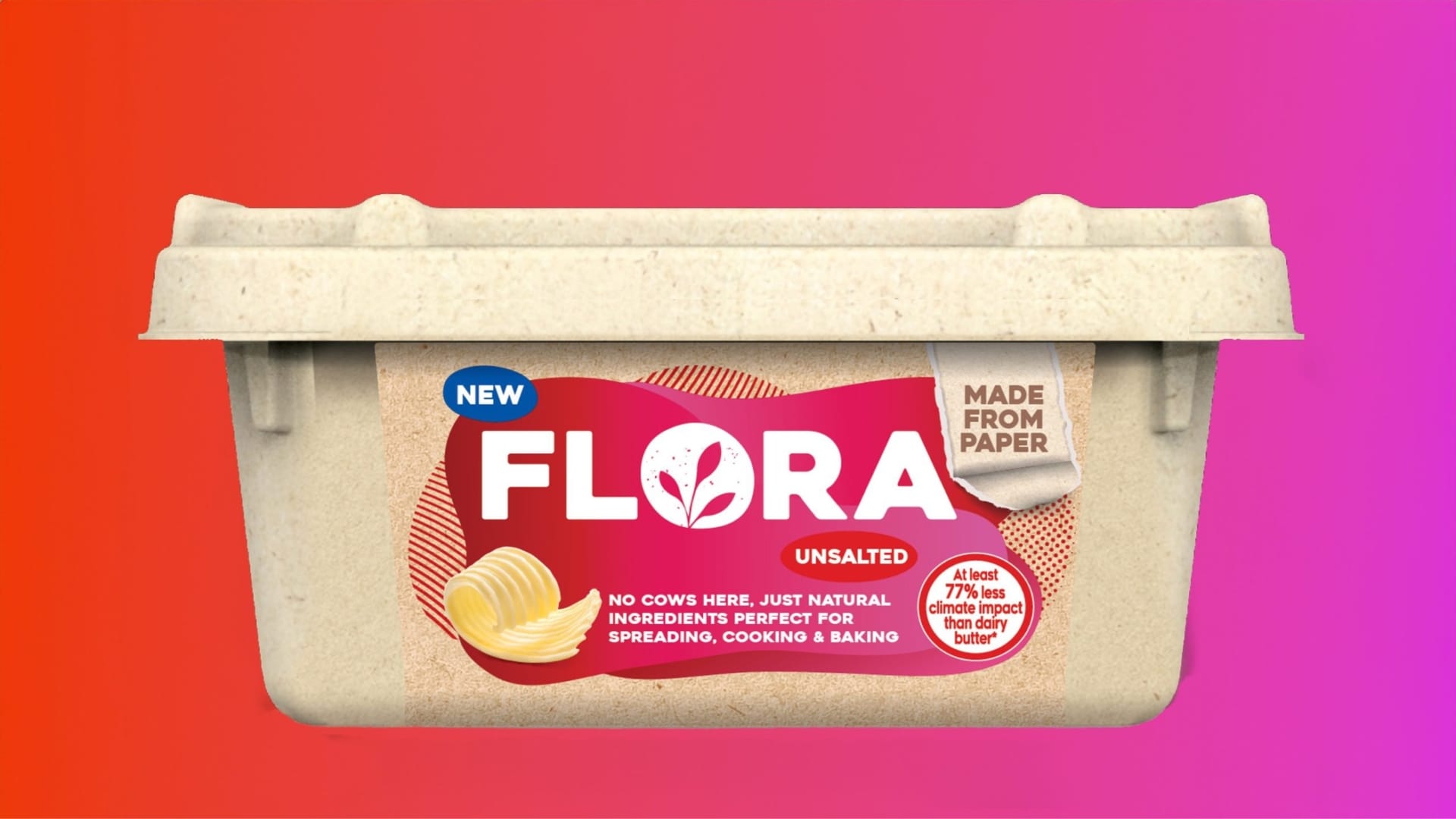Bye-bye injection molding, hello fiber molding.
The triumph of paper is unstoppable. Not only do consumers prefer fiber-based solutions (although not always rightly so), but so does the EU. While the plastics industry moans about minimum recycled content and mandatory recyclability, paper manufacturers are getting off lightly in the upcoming PPWR. And that’s not all – improved technologies allow the production of increasingly complex paper products that want to outdo plastics!

Image source: Kiefel Technologies
Machine manufacturers such as Kiefel are working on these processes. Wet fiber molding, in which fibers dissolved in water (pump) are pressed into a new shape using pressure, is already established. Residual moisture is removed from the product by heating, resulting in dimensionally stable packaging. This makes it possible to produce complex molds that can replace plastic trays, for example. However, the process consumes a considerable amount of water and is energy-intensive due to the heating and pressure required.

The approach for the future and the next logical step is therefore dry fiber molding. Instead of a water-containing compound, a dry fiber mesh is used as the starting material. This not only saves resources, the process is also much faster in comparison. Just 3.5 seconds are sufficient for one cycle. Savings and speed can also reduce costs. However, the price is and remains the major bottleneck of these technologies – currently, fiber-molded packaging still costs the manufacturer around twice as much as plastic injection molding.
So will there only be paper products once the processes have been optimized in terms of cost? Hopefully not. Because even if plastics present us with challenges, especially when it comes to recycling, they are indispensable for many applications in the food and hygiene sectors. Their eco-balance is often better than their reputation, and with new technological developments in recycling, the potential for recyclable plastics is huge.
Our conclusion: paper processing technologies will continue to be optimized and offer us as designers great design possibilities in the coming years and decades – we are following developments with excitement!